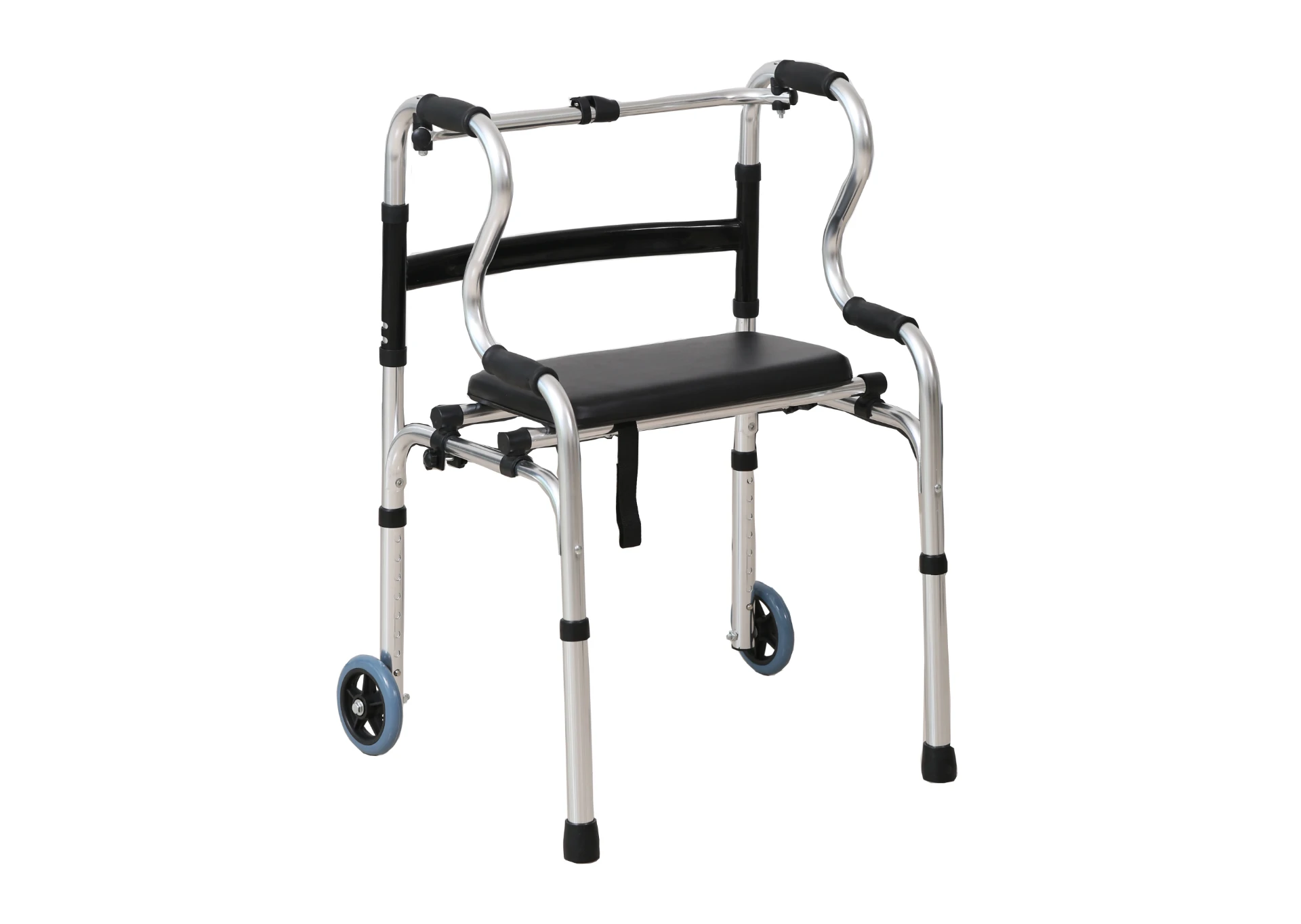Welcome to our websites!
Hospital Bedside Chair for Enhanced Patient Comfort and Support
The Evolution of Hospital Chair to Bed A Transformative Healthcare Solution
In the ever-evolving landscape of healthcare, the focus on patient comfort and well-being has led to significant advancements in medical equipment and technology. Among the various innovations, the hospital chair to bed conversion has emerged as a transformative solution that enhances patient care, improves workflow for healthcare providers, and promotes recovery in clinical settings. This article delves into the importance of this innovation, its design features, and its impact on patient outcomes.
Importance of the Hospital Chair to Bed
Hospital stays can be physically and emotionally challenging for patients. The dual-use functionality of a hospital chair that easily converts into a bed addresses several key concerns. Firstly, it maximizes the use of space in hospitals, particularly in areas where bed availability might be limited. The chair-to-bed design enables healthcare facilities to accommodate more patients without sacrificing comfort or care quality, thereby helping to alleviate overcrowding issues commonly faced in hospitals.
Moreover, this innovative solution aids in improving a patient's overall experience by allowing for seamless transitions between sitting and lying down. Patients who may spend prolonged periods in a chair due to medical conditions often experience discomfort and fatigue. A chair that converts into a bed provides an immediate remedy, facilitating rest and recuperation without the need to transfer to a different piece of equipment.
Design Features
Modern hospital chairs that convert into beds are equipped with numerous design features aimed at enhancing the functionality and comfort of the patient. One of the most significant attributes is the ability to adjust the recline angle. This adjustability caters to a wide range of patient needs—from individuals who require elevated positions for respiratory issues to those who prefer lying flat for rest.
Additionally, many of these chairs come with built-in support features, including armrests and headrests, that can be customized to promote optimal comfort. Some models also include memory foam cushions that adapt to the body's shape, reducing pressure points and enhancing circulation. The incorporation of easy-to-operate mechanisms allows healthcare staff to convert the chair into a bed efficiently, saving valuable time in emergency situations.
hospital chair to bed

Another key aspect of the design is accessibility. Hospital chairs to beds often include wheels and a lightweight structure, making them easy to maneuver within the hospital. This mobility ensures that patients can be transported safely and comfortably to various locations, whether it be for treatments or simple recreational activities.
Impact on Patient Outcomes
The transition from a hospital chair to bed and vice versa has profound implications for patient outcomes. Studies have shown that comfortable and adjustable seating arrangements significantly improve patient satisfaction. When patients can dictate their level of comfort—choosing whether to sit or lie down—they frequently report feeling more in control of their recovery process.
Furthermore, the psychological aspect of recovery should not be overlooked. Patients who find themselves in environments that prioritize comfort and adaptability often experience reduced anxiety and stress levels. This has been linked to faster recovery rates, lowered hospital stays, and improved overall health outcomes.
Healthcare professionals also benefit from this innovation. A flexible hospital chair that transforms into a bed reduces the physical strain associated with patient transfers. Less manual handling translates into a lower risk of injury for staff and a more efficient workflow, enabling healthcare providers to focus more on patient care rather than logistical challenges.
Conclusion
The evolution of hospital chairs that convert to beds represents a significant advancement in the pursuit of creating a more patient-centered healthcare environment. By addressing space constraints, enhancing comfort, and improving overall patient outcomes, these innovative solutions signify a positive progression in medical equipment design. As this technology continues to evolve, we can expect even more features that optimize both patient care and operational efficiency in healthcare settings, ultimately leading to a better experience for all involved.
-
Transforming Healthcare with Hospital FurnitureNewsJun.24,2025
-
Rehabilitation EquipmentNewsJun.24,2025
-
Mobility and Independence with WheelchairsNewsJun.24,2025
-
Freedom of Mobility with Our Rollator WalkersNewsJun.24,2025
-
Comfort and Independence with Commode ChairsNewsJun.24,2025
-
Bathing Safety and Independence with Shower ChairsNewsJun.24,2025
-
Navigating the Wholesale Landscape of Electric Mobility Solutions: Key Considerations for Power Wheelchair DealersNewsJun.10,2025











